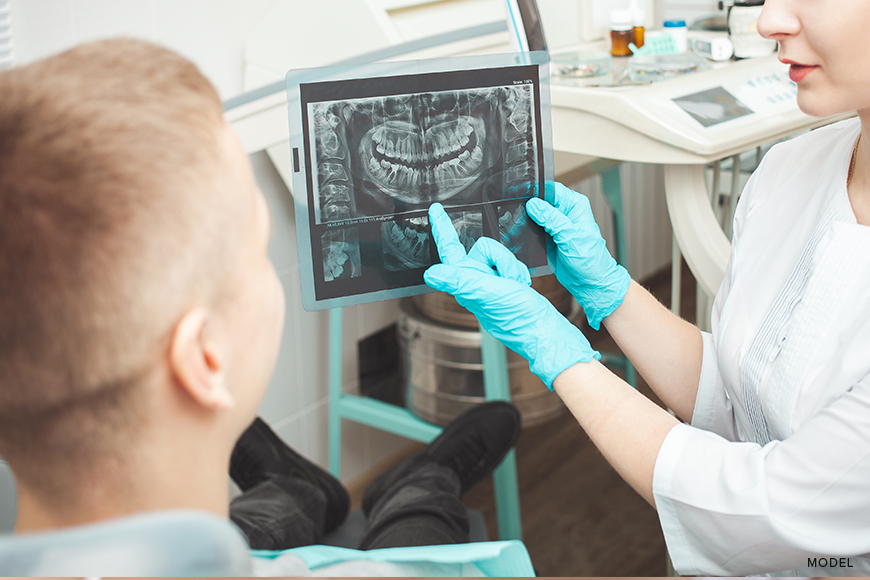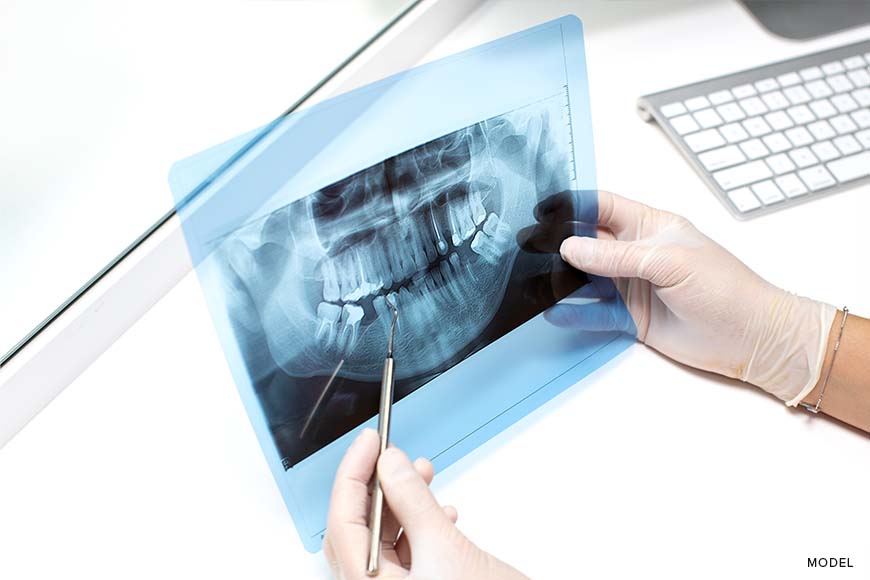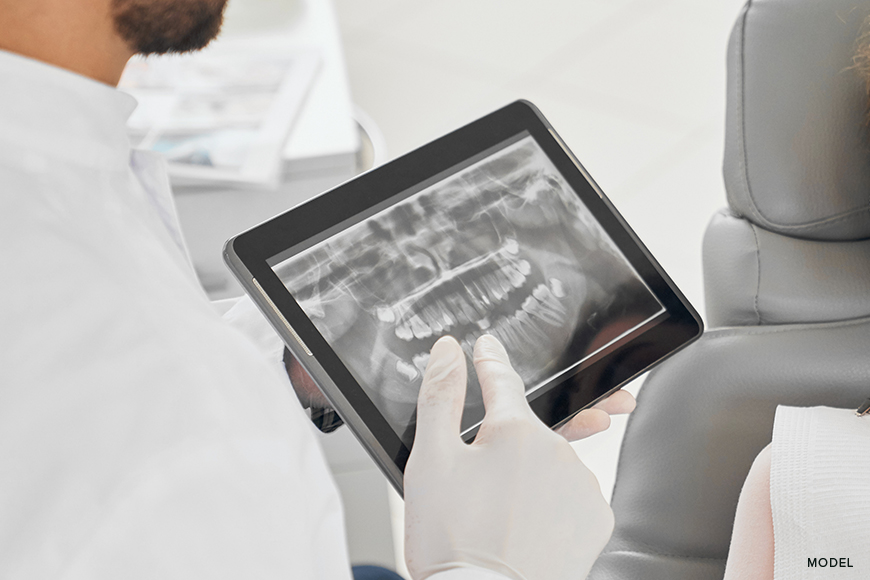Dentists use X-rays to capture the inside of your teeth and gums to assess your dental health. These x-rays are usually performed annually, and their results allow dentists to track the progression of dental problems such as cavities, decay, and impacted teeth. Because this is a procedure that requires patients to bite down on plastic to capture an image of a tooth, many people find it uncomfortable.
Luckily, CBCT 3D X-Ray is an innovation in the field of dental hygiene. It is very much different from the traditional X-Ray as you would no longer need to keep still and bite down for just a limited coverage. Going to a third-party imaging center is no longer necessary since the CBCT 3D X-Ray can already give your dentists an accurate 3D image before proceeding to surgeries such as wisdom teeth removal, dental implants, root canal therapy, and sinus lifts & bone graphs.
What Is a CBCT 3D Machine?
The Cone-Beam Computed Tomography 3D machine, or CBCT 3D Machine, uses a cone-shaped X-ray beam to capture multiple images of the skull and mouth area. With advanced digital processing software, the captured images are used to produce a 3D model that can be used as a reference for diagnosis and treatment.
This advanced 3D X-Ray technology is now considered the gold standard of 3D imaging as more and more dentists are now starting to shift from traditional 2D imaging. With this, dentists can now rely on high-quality 3D images of oral anatomy such as teeth, bones, soft tissues, and nerve pathways, and patients with multiple dental issues can now limit their radiation exposure as the CBCT 3D machine can already capture the entire mouth anatomy with only one scan.
What Are The Benefits of Using a CBCT 3D Machine?
The CBCT 3D machine offers a range of features that have never been found in previous dental technology. By using this equipment, both dentists and patients can enjoy numerous benefits that greatly surpass what traditional X-Rays and CT scans can offer, including:
-
Shorter Scan Duration
A single rotation of a CBCT 3D scan usually takes around 10 seconds. While the scan time is not much different from a normal scan, a CBCT 3D scan reduces image defects due to the unavoidable movements of the patient.
-
Less Radiation
A CBCT 3D machine emits a significantly lower X-Ray dose compared to the usual 2D X-ray scanner. The radiation exposure is also limited as a 3D CBCT scan is focused only on the specific area of interest, lowering the risk of developing malignancies, eye damage, and other medical issues caused by repeated and prolonged radiation exposure.
-
Better Detail
Compared to 2D X-Ray imaging, a single CBCT 3D scan can produce a higher resolution. Since 3D CBCT can render an interactive display, dentists can simply rotate, annotate, zoom in, or reorganize the view presented on the image. This allows the dentists to see incredible details of the teeth, nerves, muscles, and tissues in the mouth area and diagnose problems such as infections, dysfunctions, and abnormalities more accurately.
-
Cost-Effective
If your dentist has invested in a 3D CBCT machine, it will save you time and money compared to having a third-party imaging company do your X-ray.
How Does a CBCT 3D Scan Work?
The CBCT 3D machine is much safer to use compared to regular X-Rays as you are exposed for only a few seconds to minimal amounts of radiation. To know what to expect during the procedure, here is the step-by-step process of a CBCT 3D scan:
- The patient may stand, sit, or lie on the back depending on the cone beam used. Sitting is most preferred as it is the most comfortable position, especially for old or disabled patients. The patient’s head would have to be stabilized through the use of a chin rest to lessen the movement during the scanning process.
- The camera moves around the head after the dentist sets the frame rate, the field of view, and speed rotation. The machine starts emitting radiation in short bursts to capture the area of interest. The scanning process usually takes about 10 seconds.
- The machine collects the data while it detects the radiation emitted during the process. The digital data are then transferred and stored in a dedicated computer.
- After the digital data have been acquired and collected, the machine can now render from 100 to 600 images to reconstruct a model of the entire skull. While the scan usually takes about 10 seconds, the reconstruction process can take several minutes as the software takes its time to process the images collected.
- The CBCT machine can now provide a complete model. It comes with a large choice of digital formats such as 2D, 3D, panoramic views, and other viewing options. This allows the dentist to more accurately examine the areas of interest depending on the views needed.
Am I a Good Candidate for a CBCT 3D Scan?
The CBCT 3D scan is an extremely safe and useful method in capturing images, setting it apart from the previous methods. A CBCT 3D scan may be required by your dentist if you are considering getting dental implants, a root canal procedure, or dealing with the temporomandibular joint disorder (TMJ).
Experience The Future of Dentistry With a CBCT 3D Scan Now
Over the years, numerous advancements in technology and new techniques in the field of dentistry have made it easier for dentists to detect oral issues in their early stages and provide an appropriate treatment plan before they get worse.
Madison Dentistry LLC. provides CBCT 3D scans for our patients. Book a free initial consultation with us today to learn how we can help you.





